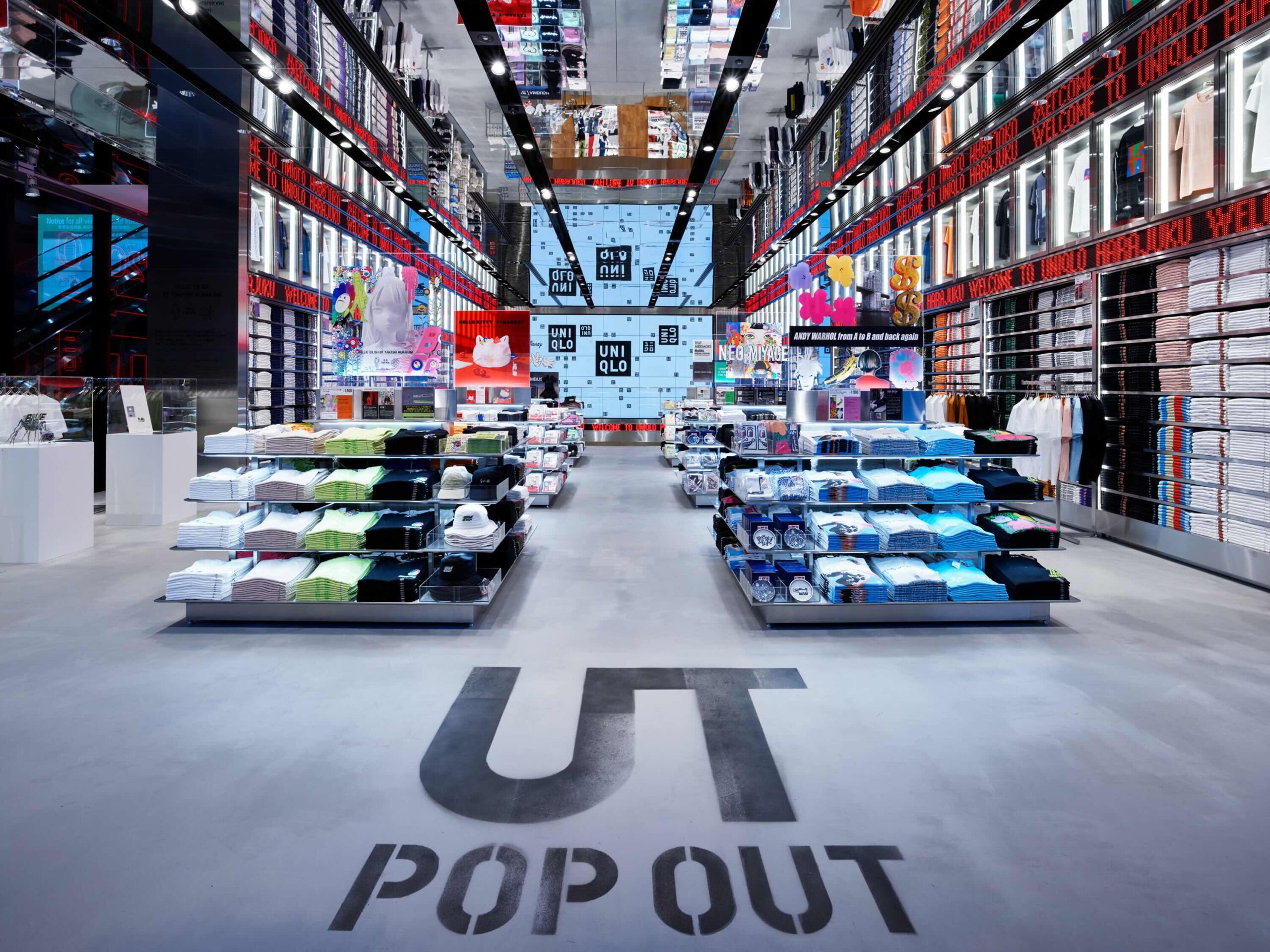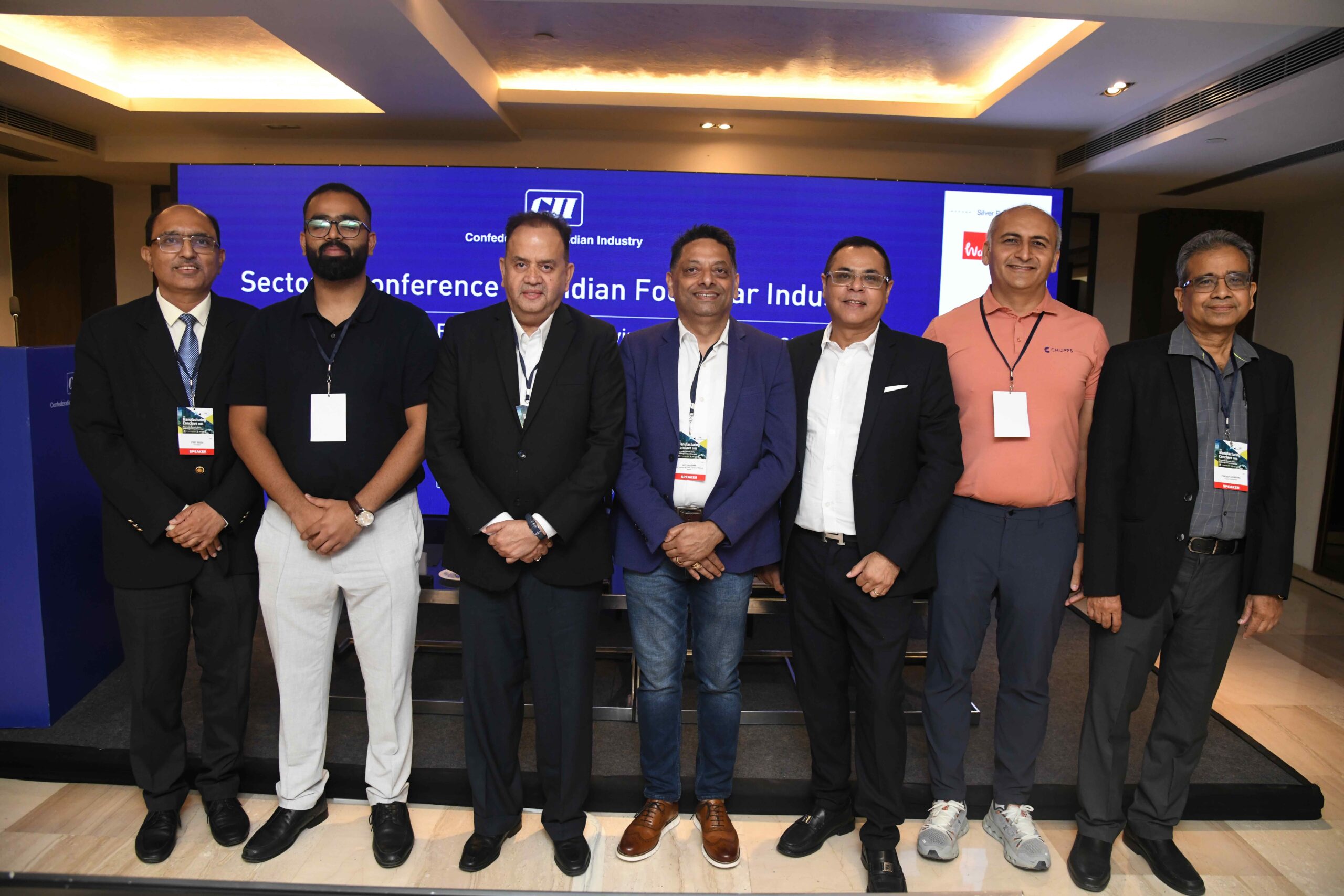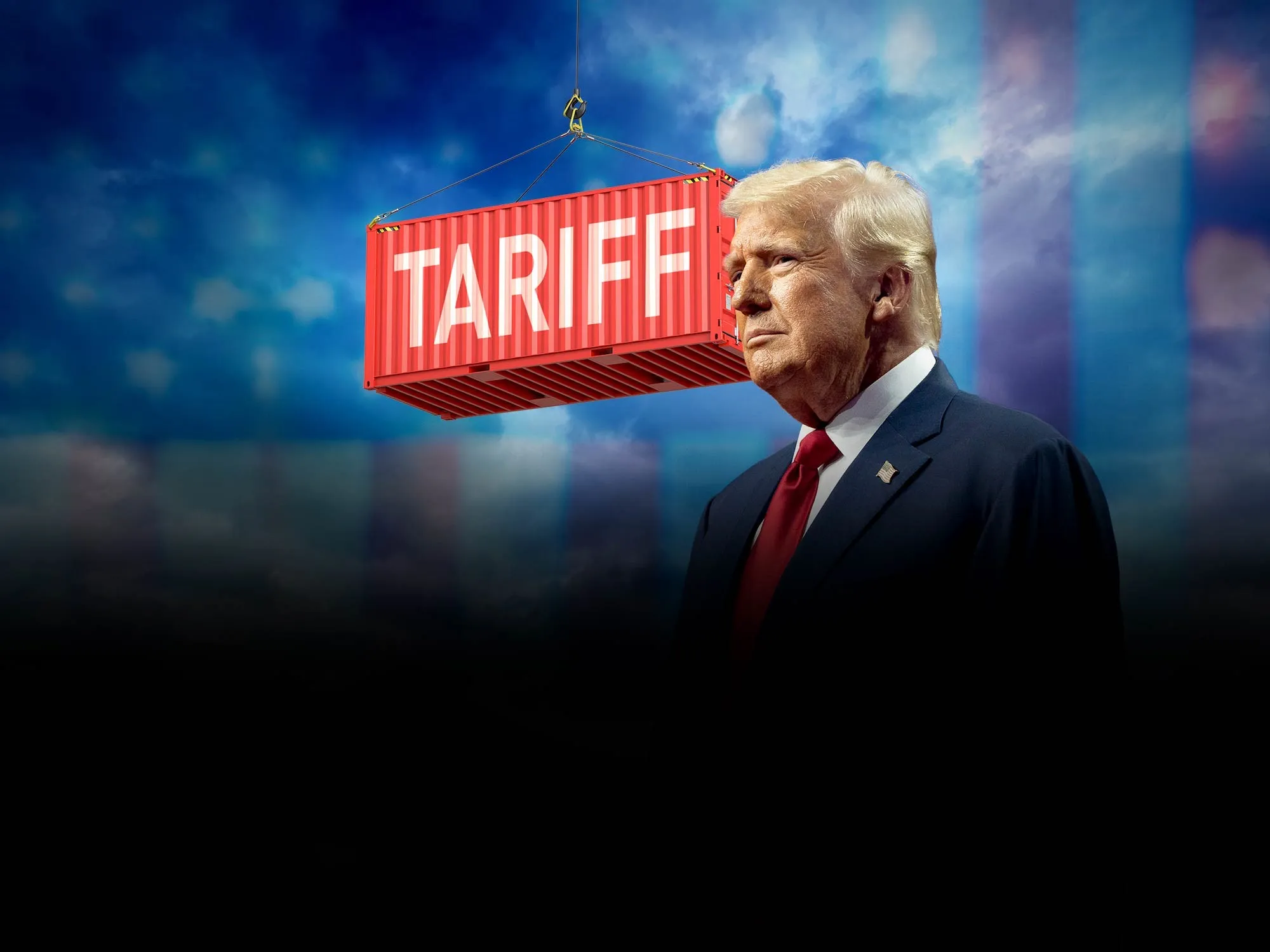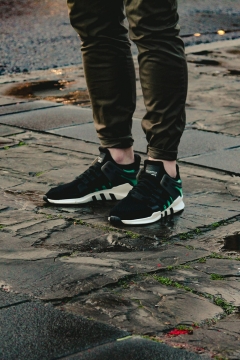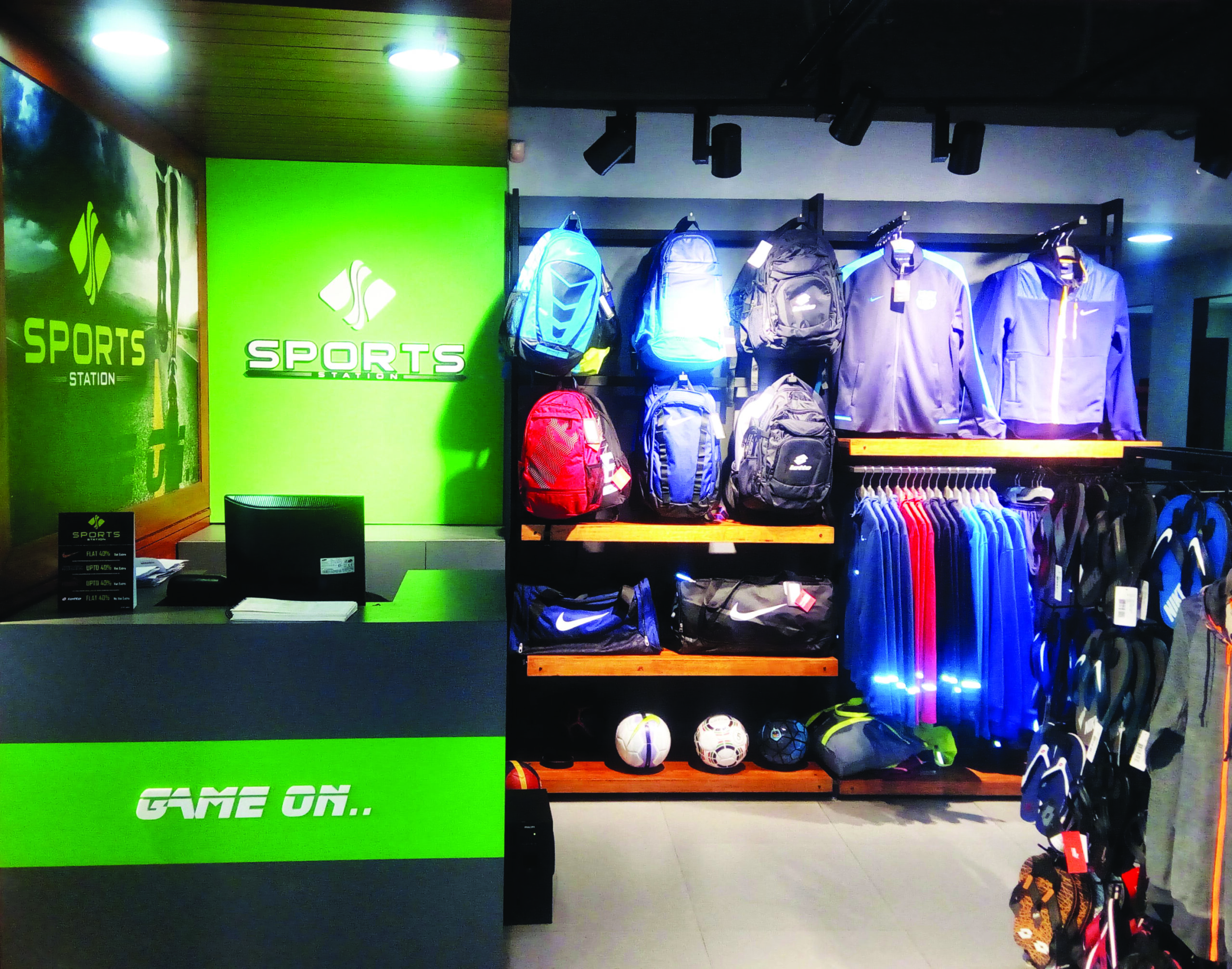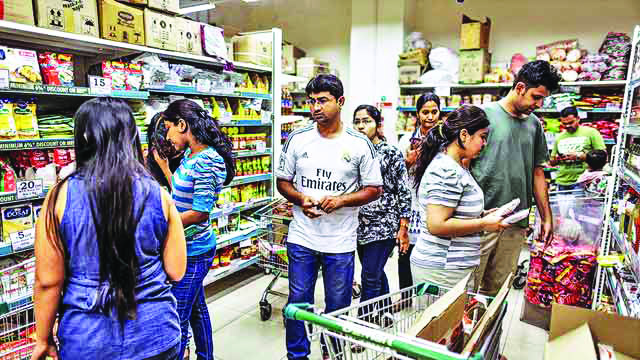Re-strategise, re-set, upskill, go compliant, build in agility and resilience—these should be the mantras for the footwear industry as it gears up in the next 89 days for the final dictum from the White House. And yeah, US+1 will work here too. And that could well be here’s looking at you India!
By Richa Bansal
Long Story, Cut Short
- The escalation between China and the US is not likely to abate and with the whopping 125% slapped on it and to stay for now means there is space for new players.
- The 90-day reprieve will not allow time to set up an ecosystem from scratch, but those that already have need to tactically re-calibrate with long-term flexible strategies.
- The countdown has begun so speed weaving in sustainability will be critical and key.
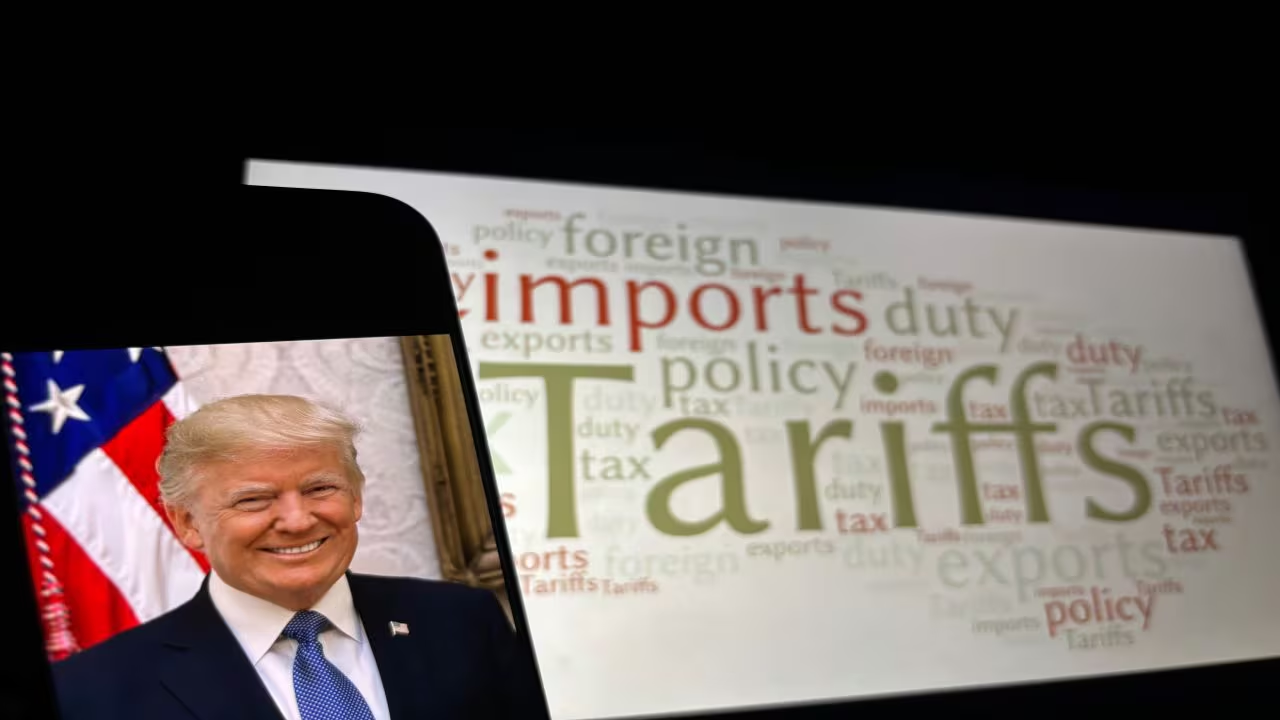
The situation is fluid. Till the tariffs freeze, till the negotiations are done, it’s like clobbering the anvil hoping for the shoe to take shape. What and who takes the beating, and who will get what and how an outlet to escape or rework will be known after 90 days.
As I hammered this out last evening, a rollicking tit-for-tat was on as China retaliated with 84% tariffs and US Prez Donald Trump hurled back @104%(!) and a couple of hours later one read and heard 125%!
I slept late night to the news that the tariffs had been put on “pause” for 90 days—“authorised a 90 day pause, and a substantially lowered Reciprocal Tariff during this period, of 10%, also effective immediately.”
@realDonaldTrump announced on Truth Social:
Based on the lack of respect that China has shown to the World’s Markets, I am hereby raising the Tariff charged to China by the United States of America to 125%, effective immediately. At some point, hopefully in the near future, China will realize that the days of ripping off the U.S.A., and other Countries, is no longer sustainable or acceptable. Conversely, and based on the fact that more than 75 Countries have called Representatives of the United States, including the Departments of Commerce, Treasury, and the USTR, to negotiate a solution to the subjects being discussed relative to Trade, Trade Barriers, Tariffs, Currency Manipulation, and Non Monetary Tariffs, and that these Countries have not, at my strong suggestion, retaliated in any way, shape, or form against the United States, I have authorized a 90 day PAUSE, and a substantially lowered Reciprocal Tariff during this period, of 10%, also effective immediately.
I woke up wondering if I had dreamt the ‘pause’. Yes, I do dream catastrophic current events in both black-and-white and technicolour and more often than not wake up to a heart-pounding, nail-biting racy, bizarre turn of events—at times a nightmare, but more often a smiling recap that flashes back any time during the day.
So yes, the “pause” is on. The next 89 days will be critical as countries now have the breather to negotiate, to take stock of what is and what needs to be done or can be done.
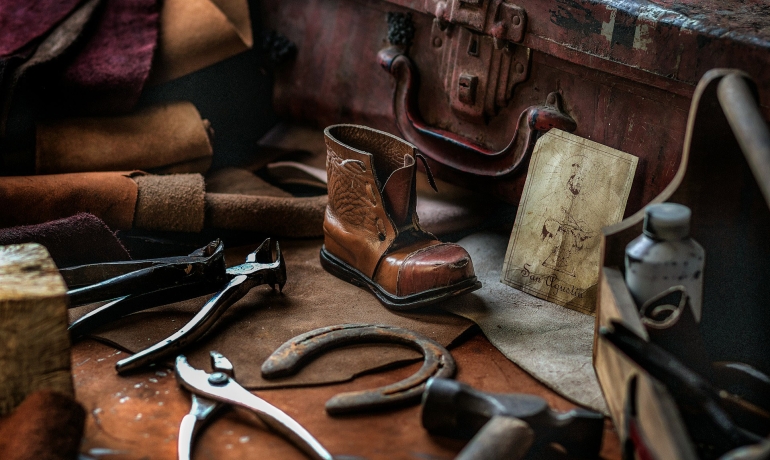
Putting it briefly, the tariff ‘season’ began in February when Trump signed an Executive Order imposing tariffs on goods coming into the US from Canada, Mexico and China. A reprisal, a pull back and again some retaliatory action later by Canada, this in mid-March, leading up to 2 April when a baseline 10% tariff was announced on all imports from all countries, with higher tariffs for some.
Trump country tradesters were vociferously protesting the tariffs, and reflected as much as stocks took a beating, impacting the big boys like Nike, Skechers and Crocs which rely on China (61.9%), Viet Nam (21.4%), Indonesia (6.9%), Cambodia (3.9%) and India (1.3%) as their manufacturing hubs. This data is from the American Apparel & Footwear Association (AAFA).
The largest footwear market in the world, generating over US$85.8 billion in revenue in 2022, the tariff talk impacted discretionary spending in the US as consumer wallets were in check following concerns about rising inflation.

Matt Priest, President and CEO of the Footwear Distributors and Retailers of America (FDRA) that represents 97% of the industry, had said on Tuesday that according to an industry sales survey that included 3,000 stores, sales fell by more than 26% during the week ending 22 February as compared to the same retail week last year.
However, the ‘pause’ ensured that the stocks rallied back: shares of Nike, Skechers and Crocs went up by 11–11+%, while Vans and Timberlands’s VF Corp saw an almost 28% surge, and that of Wolverine 22%.
What Next?
After the rollback, Priest told PBS News Hour that FDRA members would look for ways to leverage other sourcing countries. On being questioned whether the trade wars will see production returning to America, a point that Trump has been harping on, Priest was categorical: “Production has left (US) decades ago,” pointing out that the longstanding presence of duties led to the decline in domestic production over the years, making it difficult for the industry to shift manufacturing back to the US in response to increased tariffs on imports. He emphasised the challenges businesses are facing due to the fluctuating tariff rates, noting that companies are struggling to manage costs and maintain pricing for consumers amid these changes.
Responding to the 90-day pause and lowering of “reciprocal” tariffs, as well as additional tariffs placed on US imports from China, AAFA President and CEO Steve Lamar said: “The on-again, off-again tariff policy is forcing companies to careen between chaos and costs. While we welcome this limited pause to give negotiators in the US and dozens of trading partners a chance to hammer out sustainable outcomes, it is only a first step in a policy that needs to be more comprehensive, predictable, and durable if we want to encourage the kind of investments that will support more US jobs.
“This policy continues to subject US imports of our industry’s largest trading partner to an unsustainable tax. If left in place, this extreme tariff on US imports from China, which is in addition to President Trump’s Section 301 tariffs, will lead to higher prices for everyday apparel, footwear, and accessories and higher costs for U.S. manufacturers who rely on materials and items they can only source from China.
“It is our hope that this limited pause can be extended to all countries so that US companies, now caught in the crosshairs of a frenzied trade war, can focus their energies on encouraging the US and its key trading partners to negotiate an end to both US and foreign trade barriers. We urge the Administration to work closely with Congress, and with all stakeholders, so that we can forge a more durable trade policy that is based on partnership of reciprocal trade, not fear of crushing tariffs.”
The AAFA had on 2 April also said: “While the President touts ‘America First’ policies, this tariff plan overlooks its destructive impact it will have on the US manufacturers in our industry. These American companies depend on foreign inputs which have no, or very few, American substitutes. Tariffs will significantly increase the cost of manufacturing in the US, and, when paired with the retaliatory tariffs that will surely come, will undermine US export opportunities as well.”
What is clear is that the ecosystem to manufacture footwear is almost non-existent in the US, and this includes cheap labour. Analysts across US media have also pointed out the near impossible gargantuan task it would be to develop that infrastructure, considering that its ancillary industry is also humungous.
Did You Know?
- The US apparel, footwear, and accessories industry directly employs 3.5 million American workers in good paying jobs in design, R&D, compliance, marketing, and retail in every corner of the United States.
- The average effective tariff rate on both footwear and apparel is over five times higher than on all other US imports.
- Fashion’s share of total US imports is about five percent while fashion’s share of total duties is more than 25 percent.
- Many are surprised to learn that there is STILL an extra burden borne by woman due to a “pink tariff” — US tariff rates on women’s clothes and shoes are about three percent higher on average than tariffs on men’s clothes and shoes.
- The disparity means an extra cost of about $2 billion+ for females (or more precisely, buyers of women’s clothes and shoes) as of 2018.
What Can Traditional Sourcing Hubs Do?
A pause is also a time to re-strategise and re-set. Operating on wafer-thin margins in a highly competitive marketplace, and the current VUCA (Volatility, Uncertainty, Complexity, and Ambiguity) scenario, the hikes beyond the baseline, if reinstated, even at reduced rates, could make survival difficult and perhaps even sound the death-knell for many an MSME or SME.
The 90-day reprieve will not allow time to set up an ecosystem from scratch, but those that already have need to tactically re-calibrate with long-term flexible strategies that can be tweaked to advantage as the situation demands. The countdown has begun so speed, weaving in sustainability, will be critical and key.
The escalation between China and the US is not likely to abate and with the whopping 125% slapped on it and to stay for now means there is space for new players.
A few pointers for the other sourcing countries could be:
- Since no one knows what percentage will stick or go, export houses must go agile, look at their production capacity, restructure financially, review contracts and even price adjustments.
- Boost resilience and rework supplier-vendor contracts.
- Improve lead time in a resilient supply chain.
- Tap into the China basket of the US buyers.
- Explore other big consumptive markets like the Middle East, Korea, Japan, European Union, Canada. India could also look within.
- Work on FTAs with the respective governments.
- Upskill workforce, upgrade facilities to boost production.
- Build sustainability and transparency into each and every step of the footwear-making process, the components and ancillary industry included.
- Strengthen compliances, go green, accelerate digital transformation.
- It is imperative now more than ever for trade associations to come together to negotiate better with the buyers, work out logistics, share data, collaborate with ancillary industry.
- It will be all about how each sourcing hub teams up to collaboratively work on its shortcomings taking into account compliances including labour issues, build at scale, be investor-friendly, work on its basket of offerings.

And when it comes to India, as the Liberty Shoes Executive Director, Anupam Bansal says: “I am sure this can of tariffs has opened a lot of opportunities. It will be in India’s interests if the country can think and act on a huge scale to put the domestic industry notches up on the world map. It is not going to be easy. We need to work on the ancillary industry too through development centres to give bigger momentum to growth. And when it comes to sustainability in the Indian footwear industry, labour, climate, emissions and everything in between, the task cut out is humungous but doable”.
Re-strategise, re-set, upskill, go compliant, build in agility and resilience—these should be the mantras for the footwear industry as it gears up in the next 89 days for the final dictum from the White House. And yeah, US+1 will work here too. And that could well be here’s looking at you India!

RICHA BANSAL is the Co-Founder & Managing Editor at texfash.com. She has more than 30 years of media industry experience, of which the last 20 years have been with leading fashion magazines in both B2B and B2C domains. Her most recent position was at the helm of editoral affairs at Fibre2Fashion, one of India’s leading B2B media conglomerates, which has a prominent presence across magazines, events and websites.
Richa has worked at the head of a slew of premium B2B magazines, including Images Business of Fashion, Shoes & Accessories India and the iconic Sportswear International, of which she was the Launch Editor. This was preceded by prolific work with newspapers, wire services and news portals, including Indiatimes.com, India Abroad News Service (IANS), Press Trust of India (PTI) and the Sentinel.





